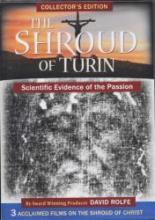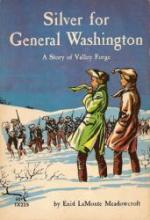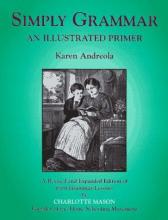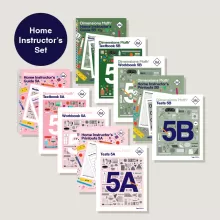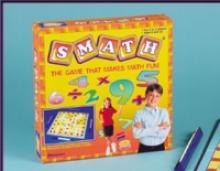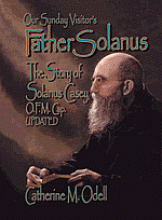No name
Silent Witness
This documentary video presents rather compelling evidence, from diverse fields of science, that the Shroud of Turin is the authentic burial cloth of Christ. Scientists and doctors also explain the sufferings of Jesus based on the evidence present on the cloth in conjunction with other historical data. Because some scenes from Christ's Passion are dramatized, the movie may prove too intense for very young, innocent children. It would be more suitable for older grade school and high school ages.
This movie has been around for quite awhile - I remember first seeing it in 4th or 5th grade when it was shown at our Church each year during Holy Week. I remember being quite impressed and fascinated with the details at that age. I recommend that parents preview the movie to determine suitability for their own children. It is excellent for Lent and Holy Week and a very moving film! Highly recommended.
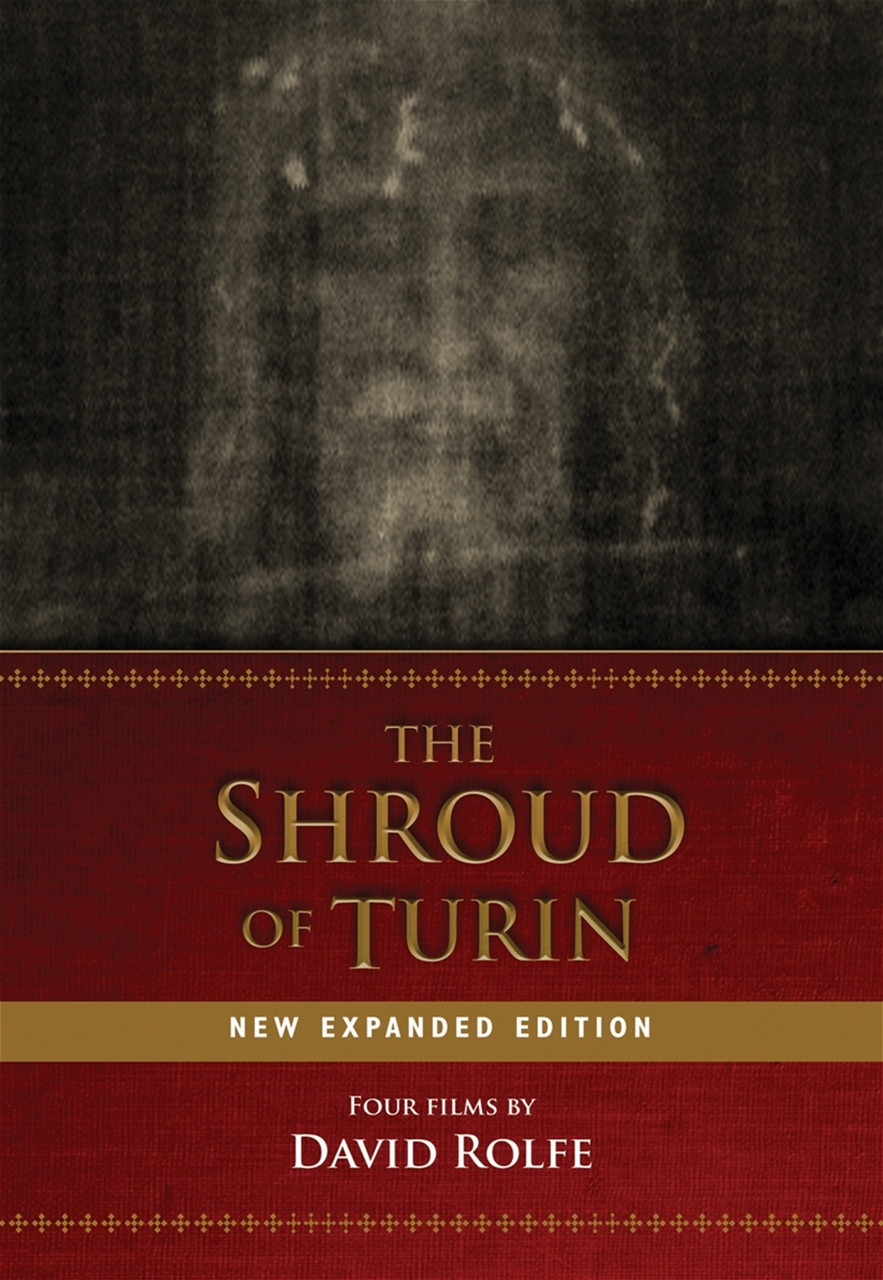
Update from webmaster, March 2024: In 2017, Ignatius Press published The Shroud of Turin: New Expanded Edition, a collection of 4 films about the Shroud of Turin by British film producer David Rolfe. The Silent Witness, made in 1978, is the first. Also included are Shroud of Turin, made in 2008 for the BBC; Shroud, the Official Film of the 2010 Exposition of the Shroud in Turin; and A Grave Injustice, which investigates the flaws of the only carbon dating test to the done on the Shroud to date.
Total run time for the DVD is 200 minutes.
Silver for General Washington
Silver for General Washington is an engrossing story about twelve-year-old Gil and his sister, Jen, who are living in Valley Forge with their cousins during the occupation of Philadelphia. Before leaving their well-to-do home in Philadelphia, Gil helped his father bury all the family silver in a chest beneath the house. As the winter progresses and conditions grow worse for the poor soldiers, Gil overhears people saying that what's really needed is money to get food and other supplies. Knowing that it's what his father would want (his father is away on war business) Gil decides to sneak back into Philadelphia to recover the silver himself and offer it to General Washington. A nice story that brings to life the struggles and courage present in a critical and difficult time in our country's history that is all too often taken for granted.
Suitable for a family read-aloud or independent reading grades three and up.
Simply Grammar
A very simple and lovely grammar book based on the text First Grammar Lessons written by Charlotte Mason in 1928. The text is illustrated with charming 19th century drawings which are used within the text for exercises such as: completing sentences and making sentences of certain types and telling stories using certain parts of speech. The text is intended for fourth grade and up (the Charlotte Mason method recommends waiting until then for formal grammar studies - focusing on reading and narration earlier). It is simple enough to be used as a "lap-text" for the earlier grades as well (for mother and child to work on together in an informal manner). I found the explanations to be very good at helping children understand what the different parts of speech are used for.
Singapore Math
Singapore students are scoring the highest in the world in math and science. The web page for these texts in the US is http://www.singaporemath.com
Singapore Math seems to solve the "conceptual/drill...Saxon jumping around problem". Here's an example from a problem in the first half of the fifth grade book:
<< Mr Li paid $36 for 3 singlets and 2 T-shirts. A T-shirt cost 3 times as much as a singlet. How much did Mr Li pay for the 2 T-shirts? >>
Apparently the children are taught to "think mathematically" and are able to solve these types of problems in 5th grade without using algebra....these types of problems lead up to a better understanding of algebra.
Multiplication Asian style The children learn facts families in sets ....for example they chant as follows
2 2 4 2 3 6 2 4 8 2 5 10
They don't say "times" or "equal" although that is explained to them. They are taught the reciprical nature of multiplication and division after they can chant this from memory they write out the sets as-
2x2=4 2x3=6 and so on 4/2=2 3x2=6...... 6/2=3 6/3=2
and finally provide answers for equations....then they go on to memorize the next set which would be
2 6 12 2 7 14 2 8 16 2 9 18
If anyone is thinking about going with this program I would suggest making the move before going in to New Elementary Math. It would be easier to acclimate to this way of thinking while still in Primary Math I believe.
There are answers at the back the book but no other aid. To be honest I think I would have trouble teaching this material. I did "ok" in math but not great and I don't remember more then basic algebra. If you tend to think mathematically and enjoyed algebra, trig. you could probably use this without too much effort.
The Singapore texts actually do have almost as much drill as other books I've used (Miquon, Horizon) but not as much as Abeka. For example in 3rd A Singapore gives about 8-10 examples of adding 5 digit numbers then the workbook has at least that many that the child does on their own. The difference is that Horizon has the child doing a few of those problems every day for a week or two while at the same time they introduce new things. Singapore moves on after 2 lessons that cover that...but the child should have mastered that skill before they can move on to the next lesson. In Asia the kids spend a lot of time working on drills at home.
In Saxon you learn to add fractions then you repeat the same level of adding fractions for 6 or 8 lessons in the doing 3 or 4 problems in each practice section. During the intervening lessons you jump from learning short division to dividing with remainders to using metric scale etc before you finally get back to fractions again.
With Singapore you learn to add fractions and spend maybe 3 lessons learning how to do that (slight difficulty increase with each lesson) then you move on to using the skill of adding fractions with word problems (real life) for a few lessons. By this time the child has probably done more fraction addition problems overall then they would do in Saxon. The skill is learned and won't be touched again until the review chapters. If the child has trouble, the teacher/parent shouldn't move on. I did this a few times with my son and regret it. The review chapters occur often enough that the child shouldn't forget.
Skip Counting Songs and Addition Facts Songs
Audio tape designed to help children with some addition "math facts" and with skip counting as a preparation for multiplication further down the road. Simple songs are sung without accompaniment to familiar tunes. The tunes are rather catchy and we find ourselves regularly singing them around the house. (Such as the "9s" - 9, 18 and 27, 36 and 45, 54 and 63, 72 and 81, nine of them, round the sun, make their orbit one by one, nine of them, round the sun and counting them is fun). One side of the tape includes all of the songs sung by a simple tenor voice. The other side has the same songs played at a faster speed (which sounds something like "Alvin and the Chipmunks" for you Generation Xers.) There is another tape which I haven't reviewed which uses Biblical themes and tunes for the songs.
Smath: The Game that Makes Math Fun
Smath is a very similar game to Equate. It comes with a game board, 4 plastic tile racks and plastic tiles with a bag for the tiles. Tiles: 6 each of numbers 0-12, 10 blanks, 36 equal signs, 9 each of addition, subtraction, multiplication and division signs, and 12 clear parentheses that stack over another tile when used. There are no fractions or decimal points. Each player draws 10 tiles per turn. Game play is similar to Scrabble, but equals sign and parentheses tiles are kept separate and can be used as needed. This prevents game play from stalling.
Smith of Wootton Major & Farmer Giles of Ham
Snow Treasure
Solanus Casey
Solanus seemed to handle each need, each set of worried eyes, delicately but effectively. He radiated a sense that God cared about all those things. He often laid hands on those sick and prayed for a healing then and there. And his promises of prayer for individual intentions were more than polite words. He began to spend extended time in the chapel after office hours and his Capuchin house commitments were fulfilled. pg 108Odell’s book details all the many little things Casey did for others. Through illnesses, painful and debilitating, Fr. Solanus continued to minister to those in need. His story, as told through Odell’s prose, is one of the most beautiful, Christ-filled books I’ve read in a long time. The reading is simple – as was this man – and yet it details a life so filled with God’s love and charity to others – a charity that had the good Father reminding everyone to “Thank God” as he showed them out the monastery door.
During the Depression, the Capuchins opened a soup kitchen in Detroit. This man of simple faith was told that there was no more bread to serve the crowd of people waiting.] “Just wait and God will provide.” Fr. Solanus said an “Our Father” after inviting the men to join him in prayer. We just turned around and opened the front door … a bakery man was coming with a big basket full of food … when the men saw they they strated to cry … Fr. Solanus in his simple way, said, “See, God provides. Nobody will starve as long as you put your confidence in God, in Divine Providence.” pg 132This book captures the love and charity I want my own children to have; the simple faith that I’m trying to pass on to my family. I’m sure my children will remember Venerable Solanus Casey for many years to come, thanks to this book by Catherine Odell.

